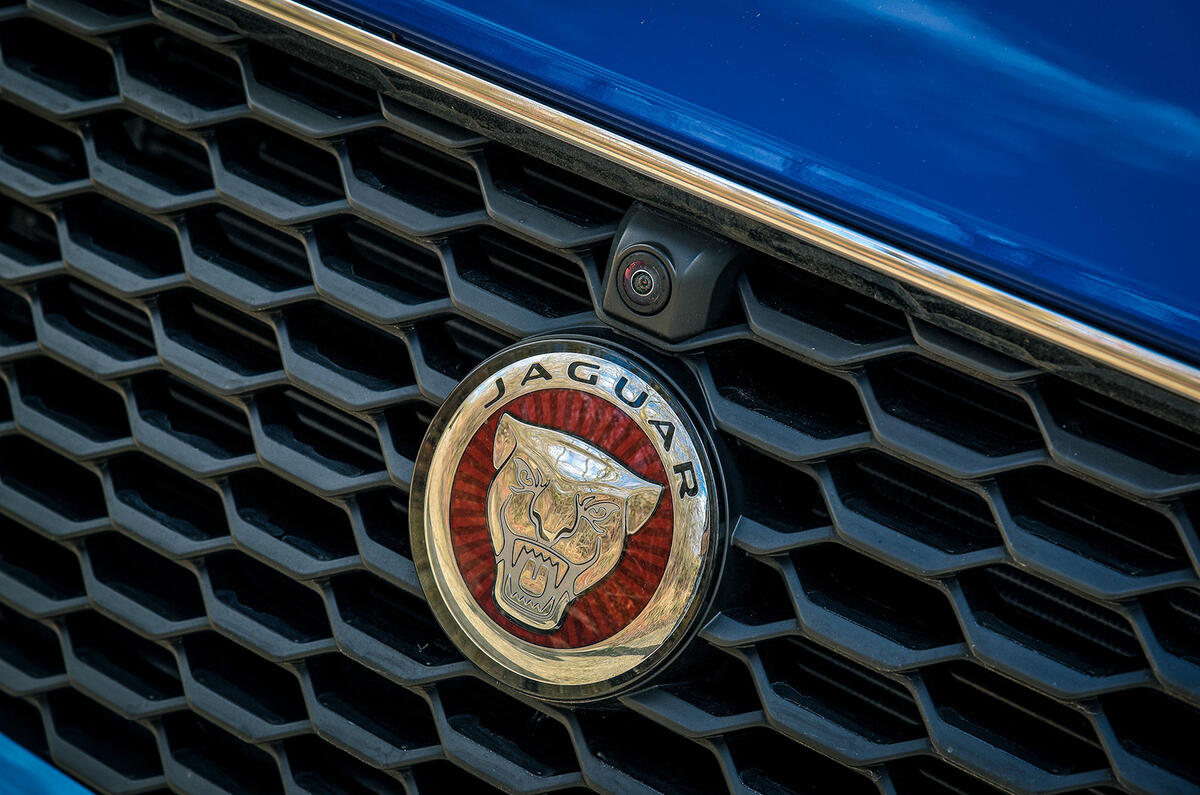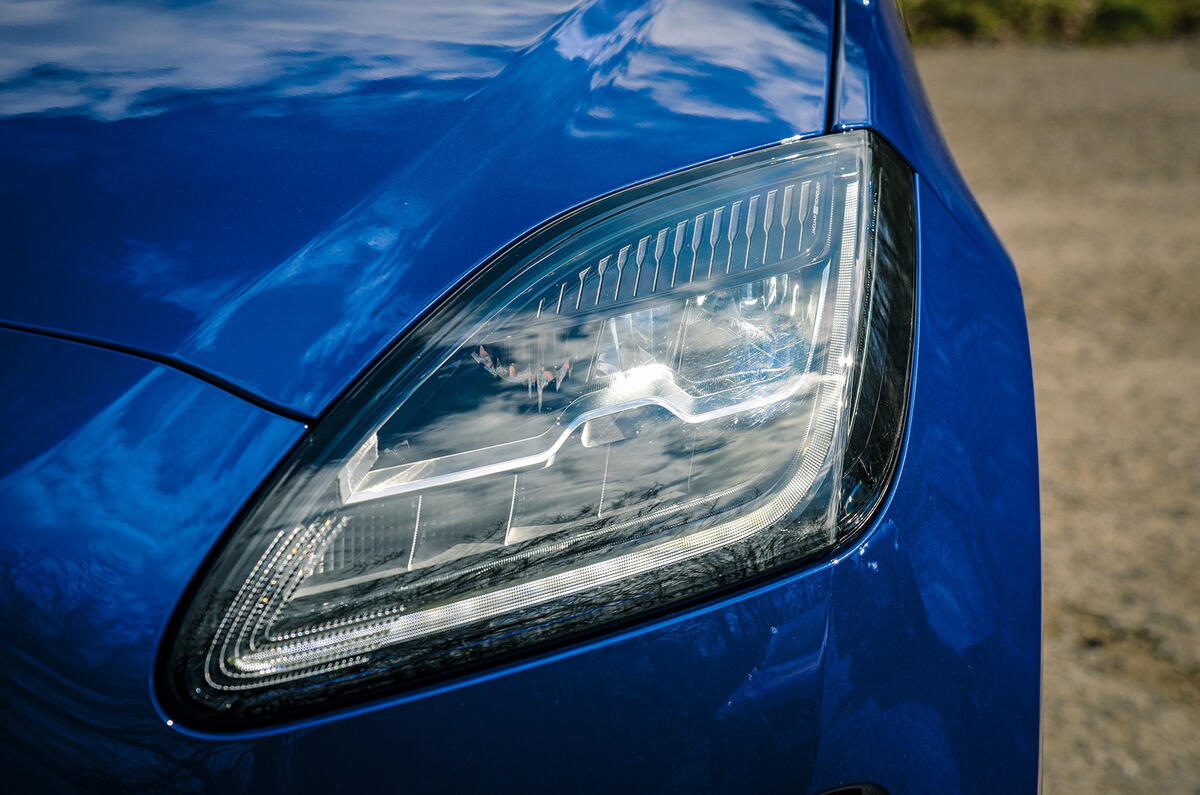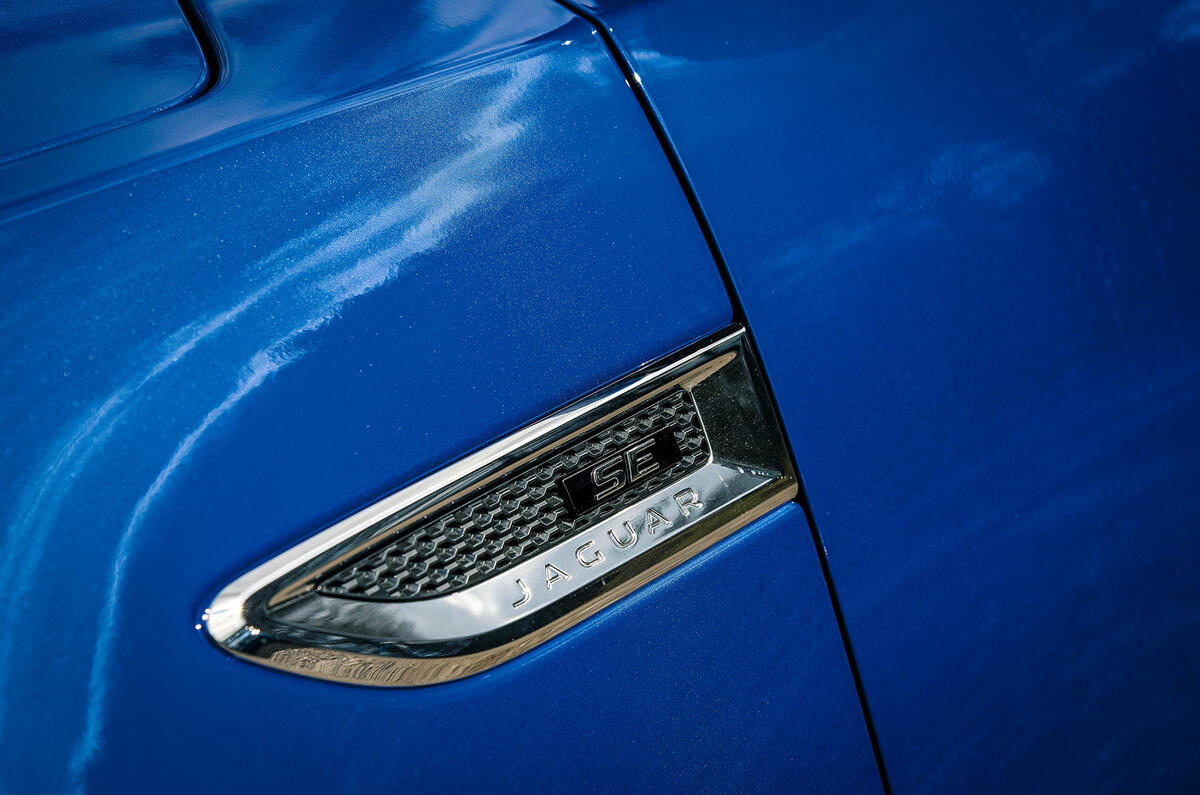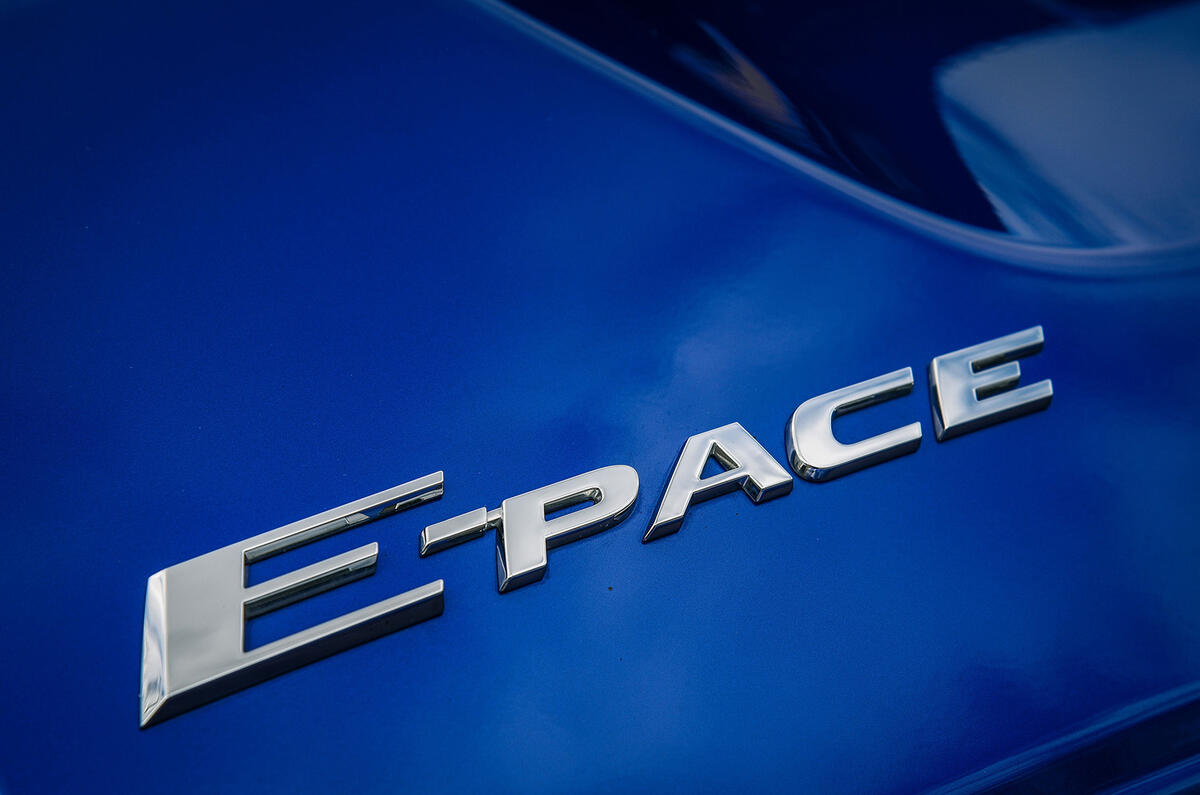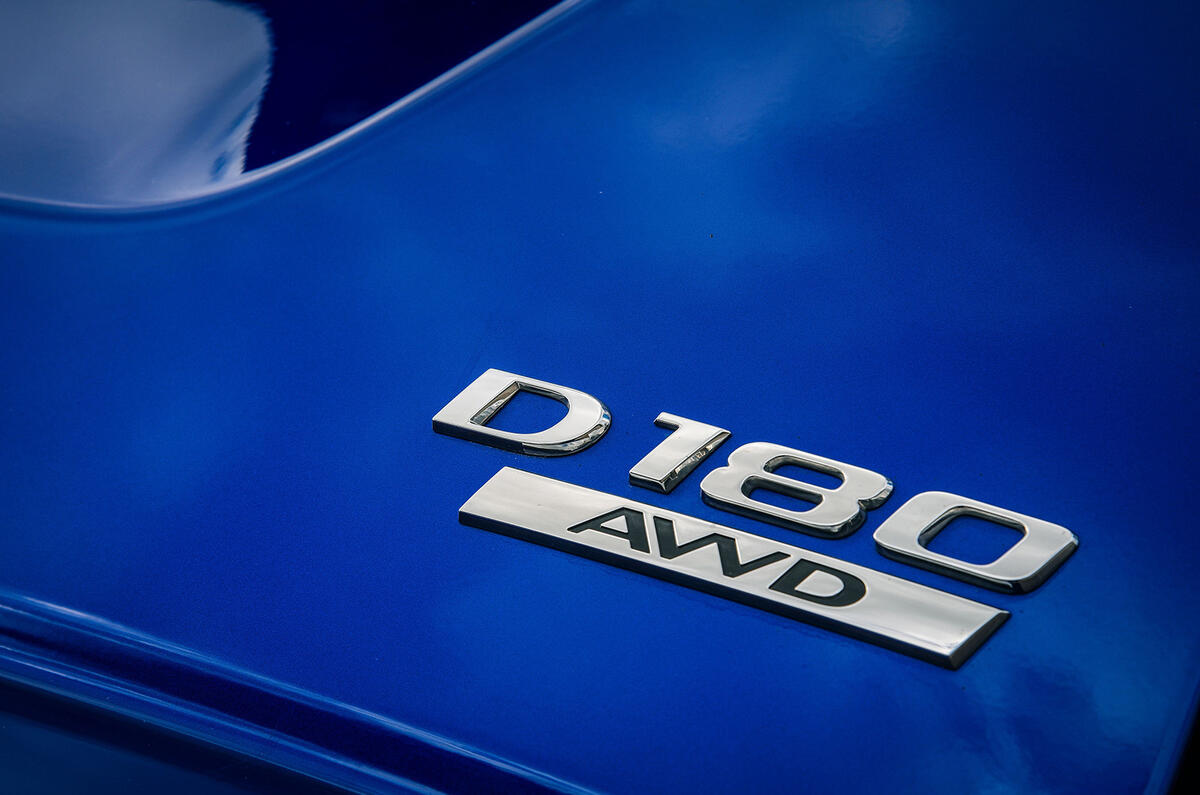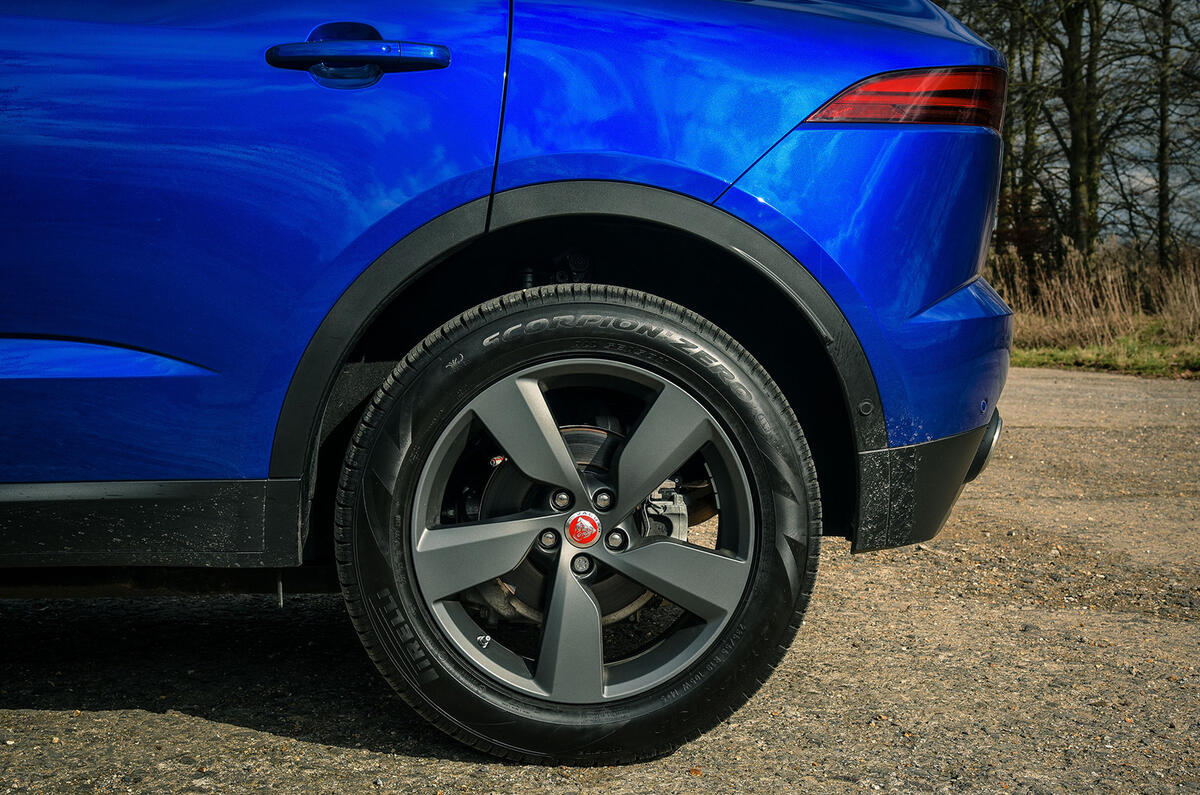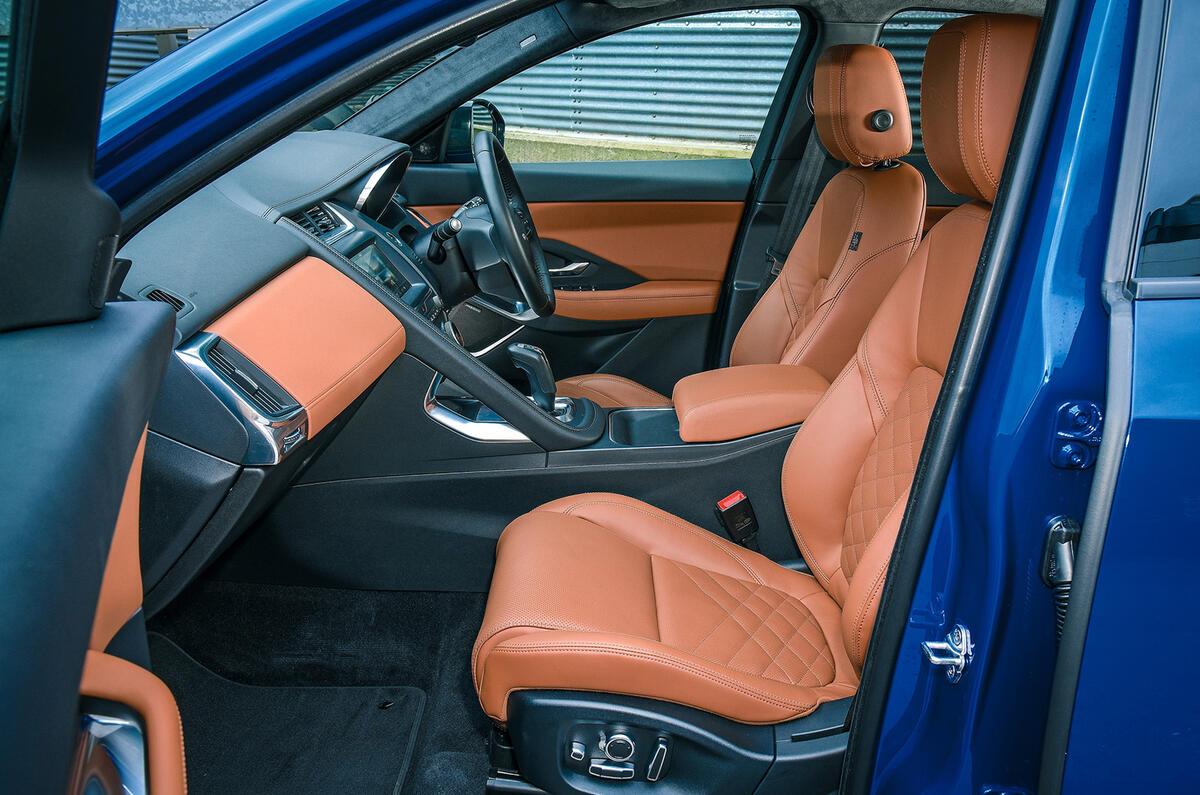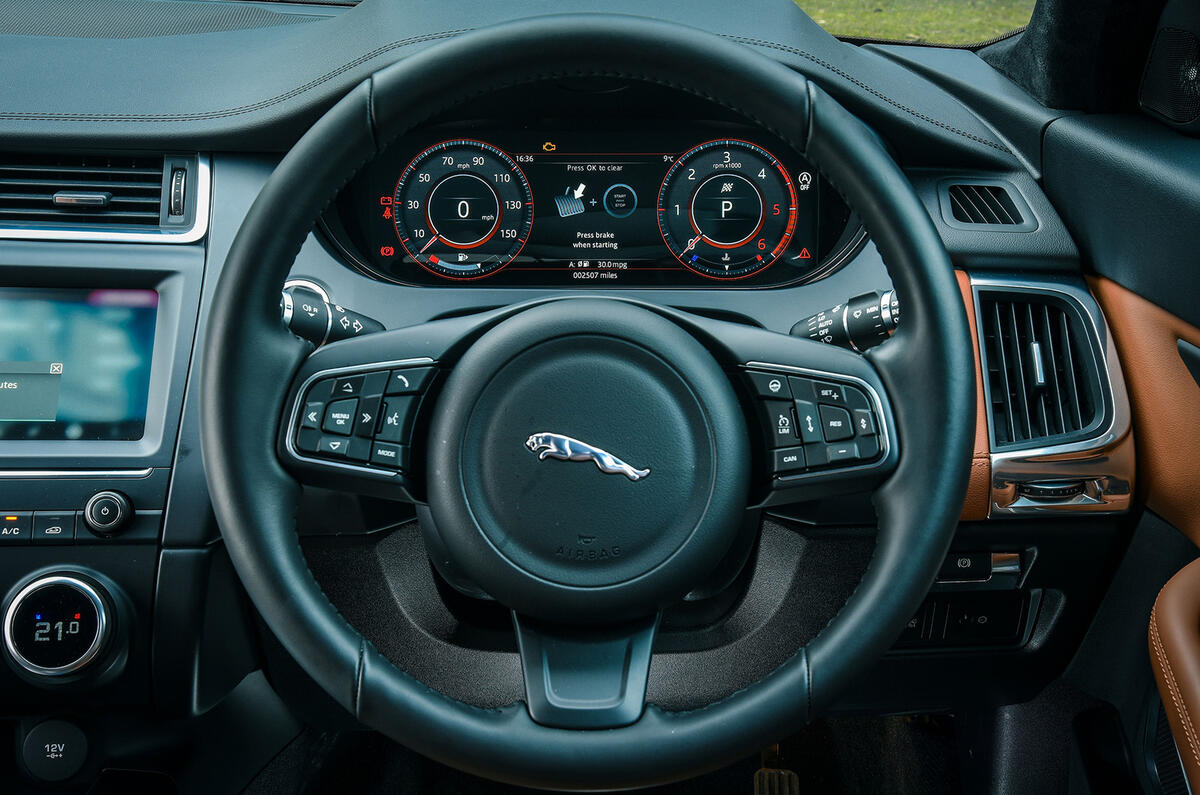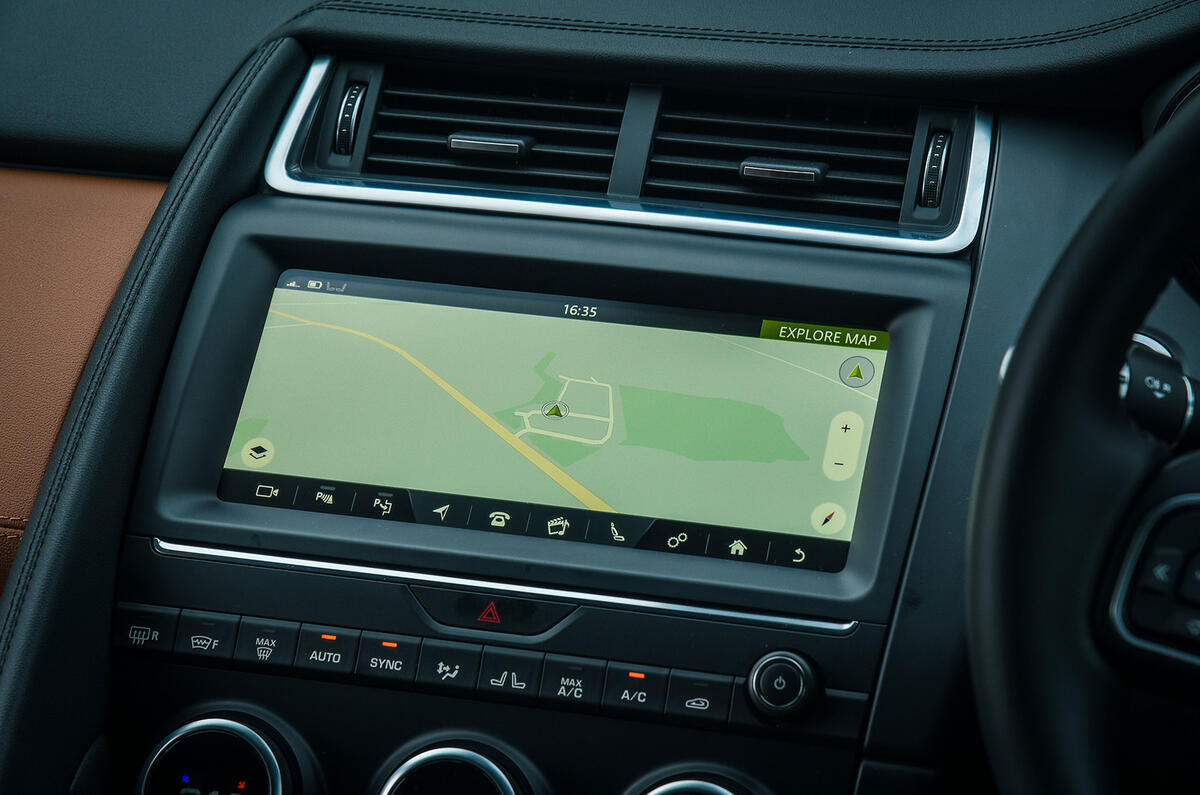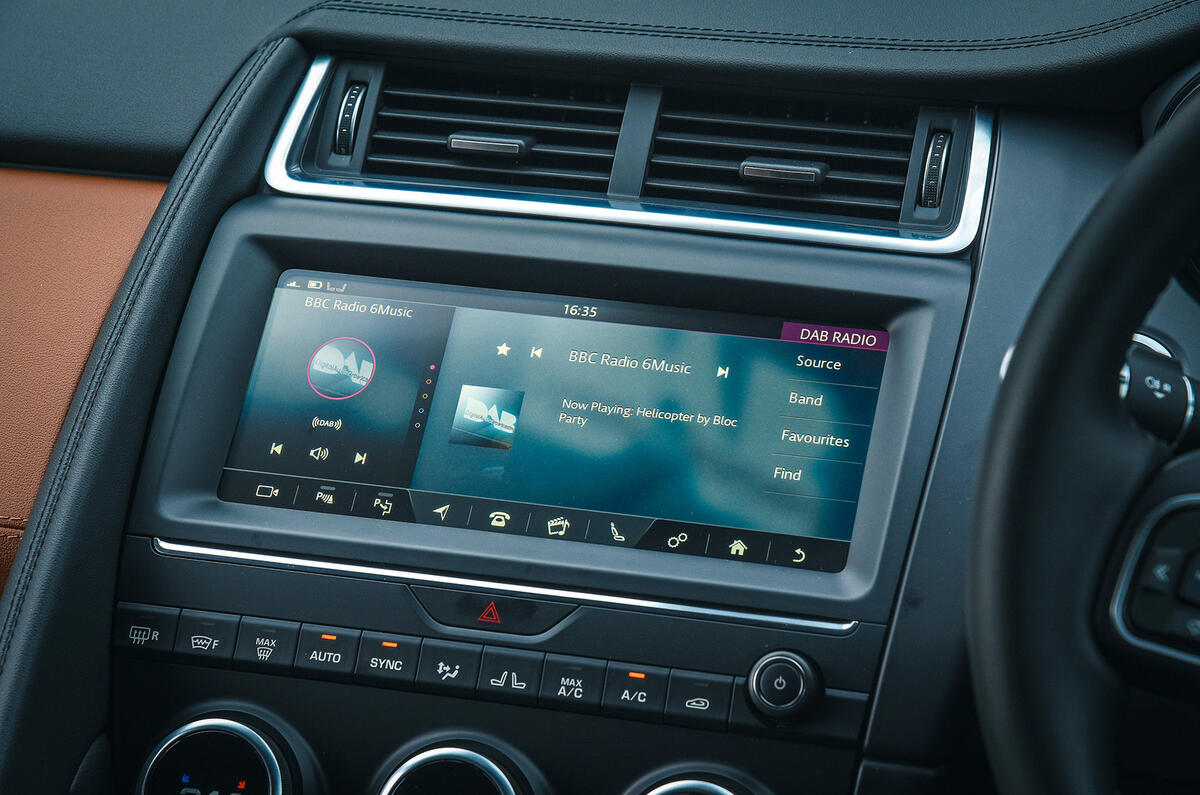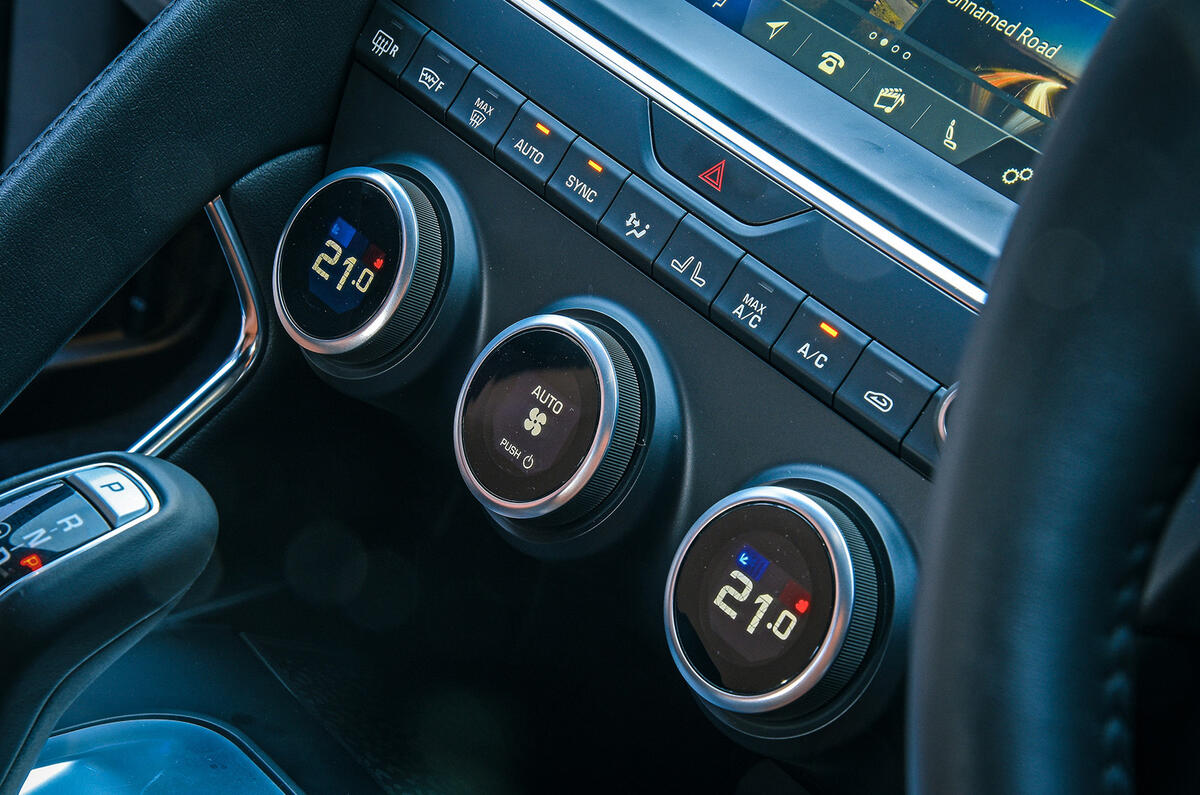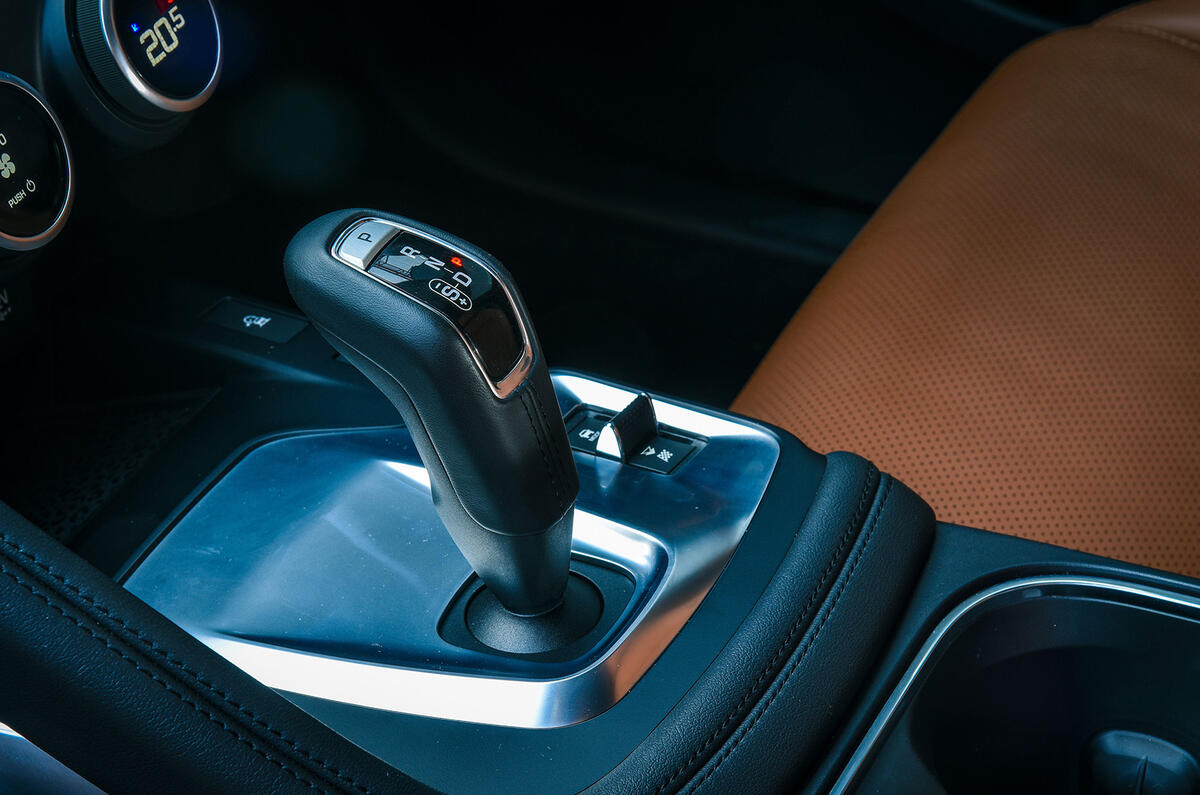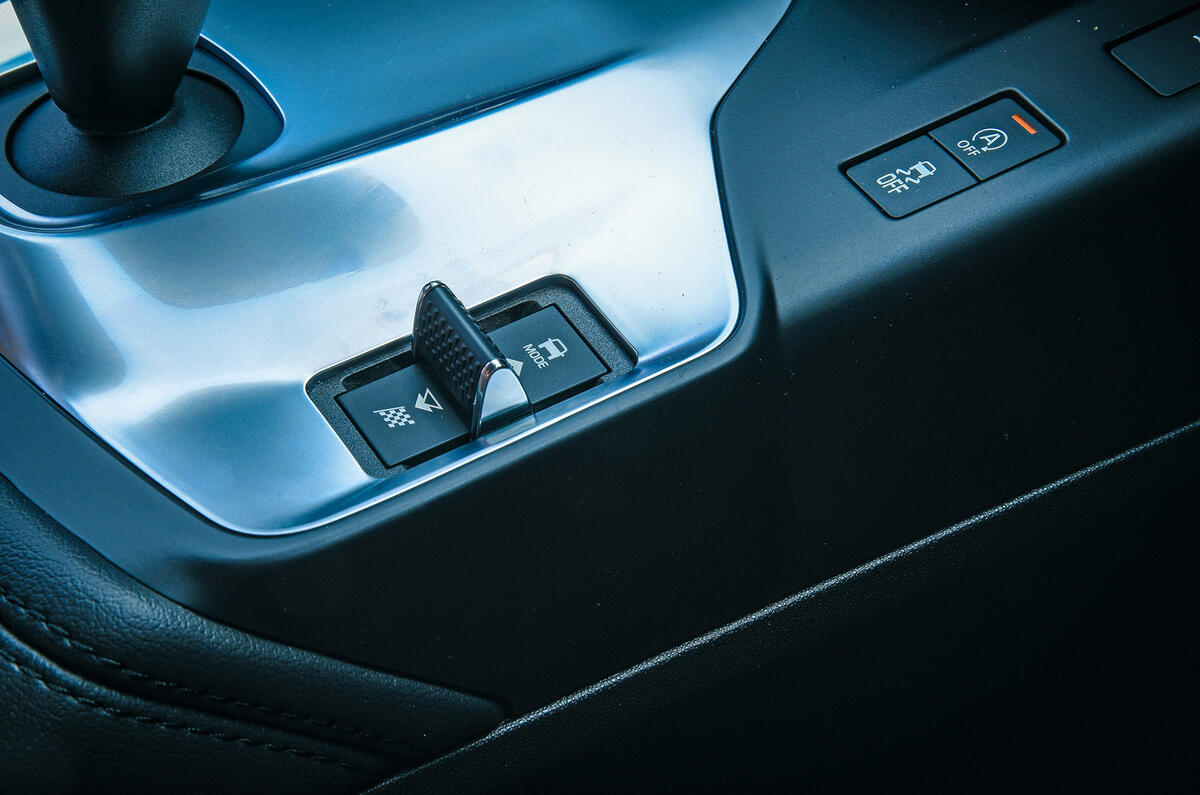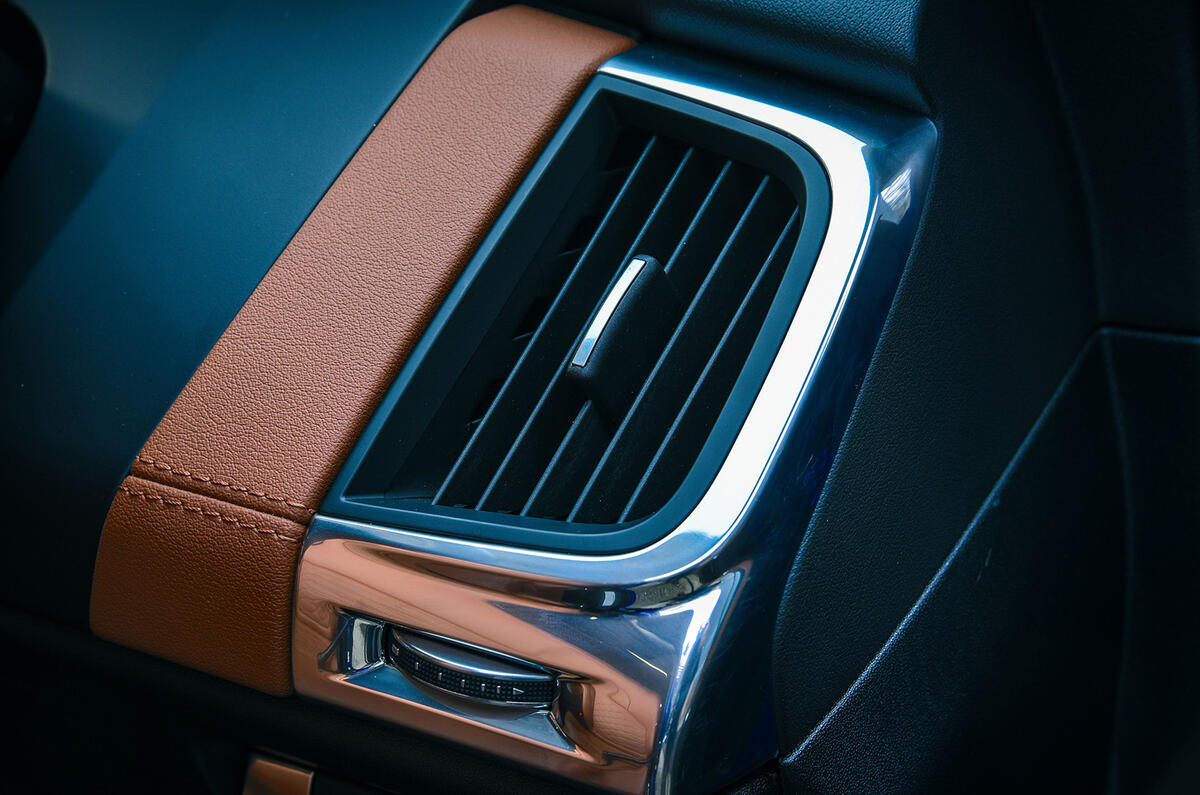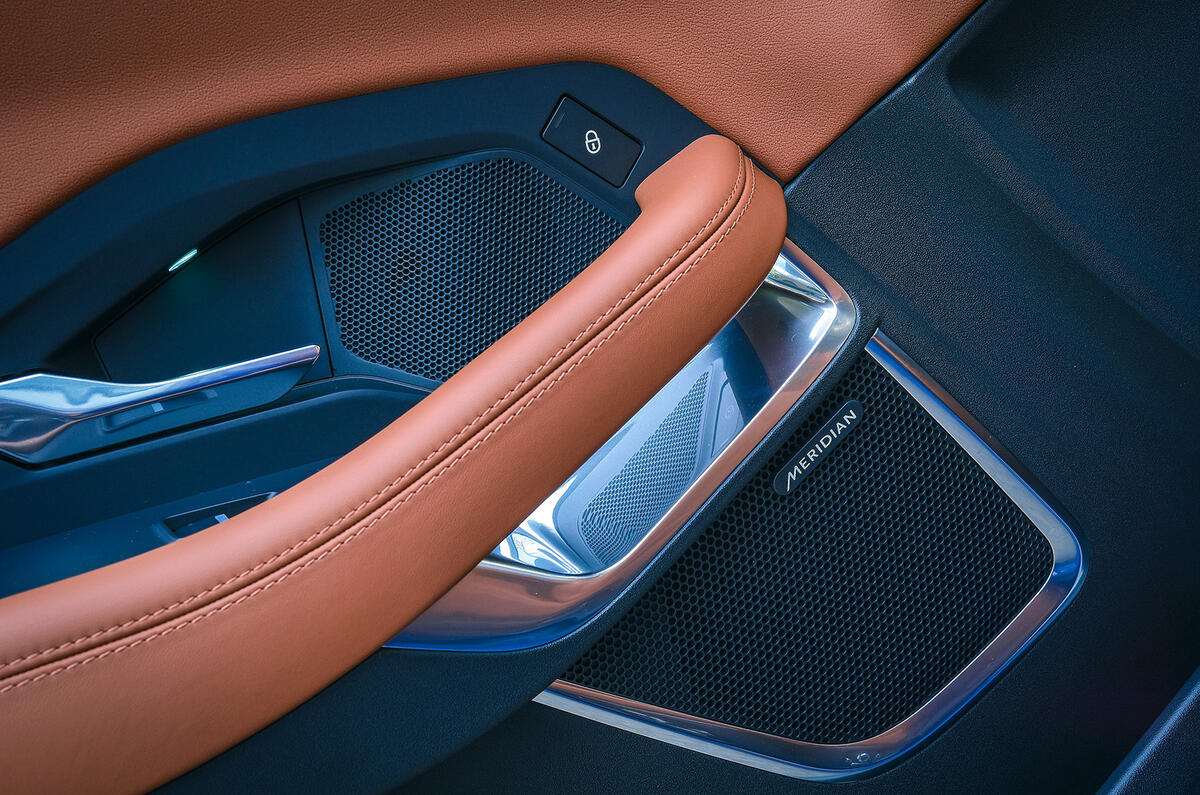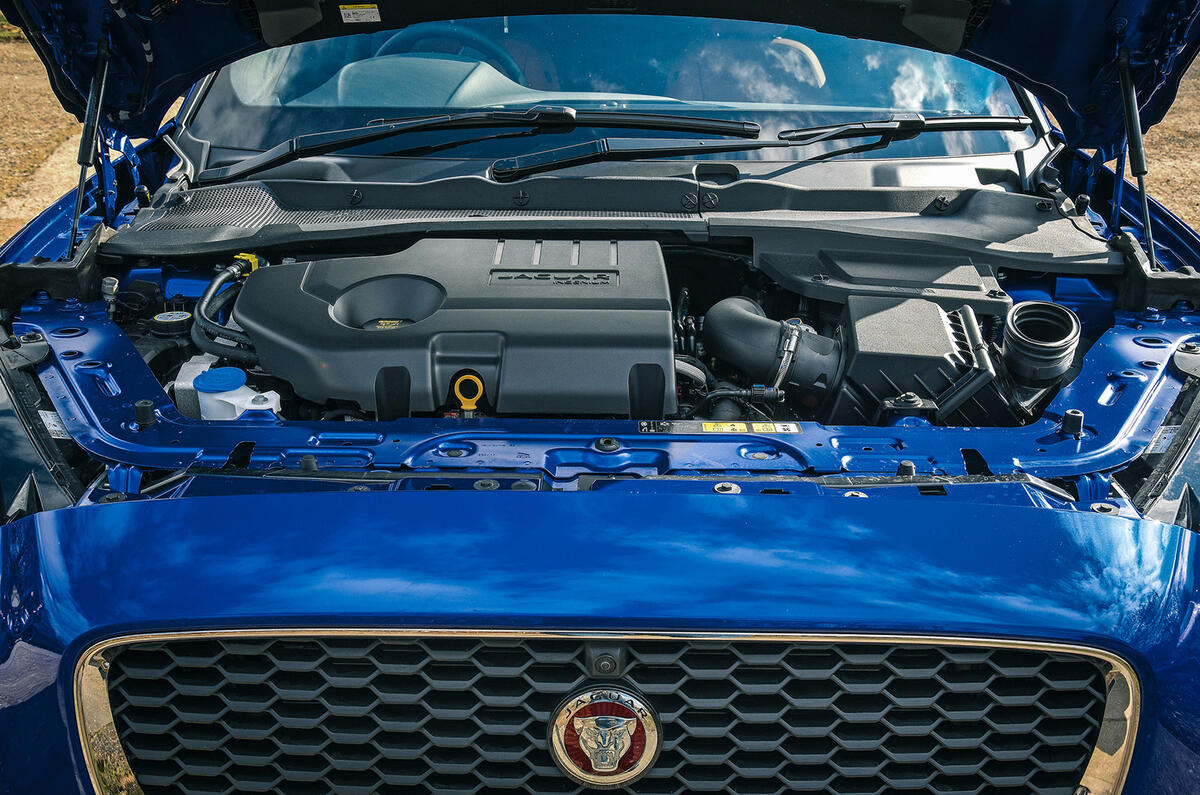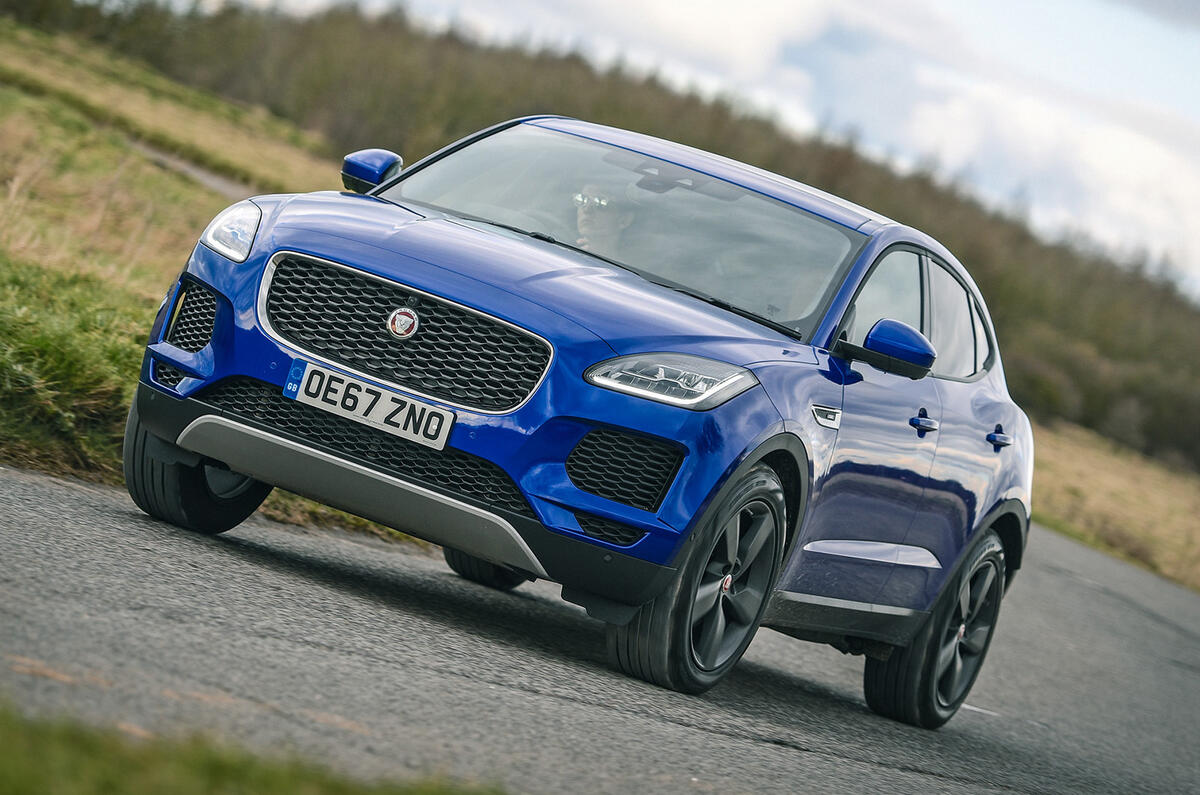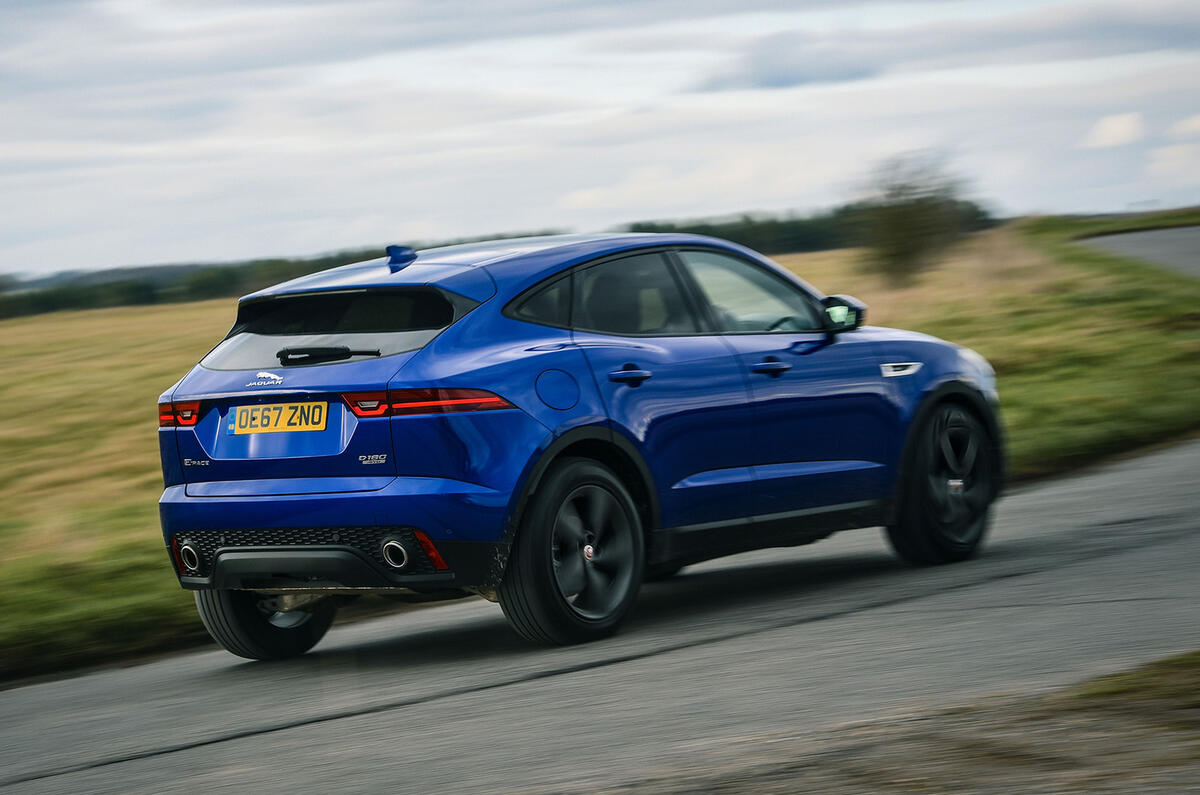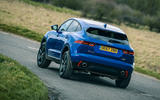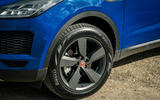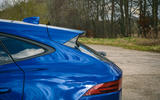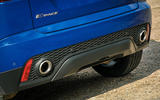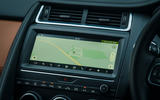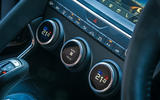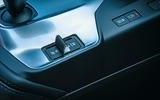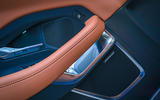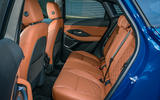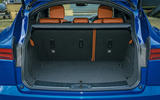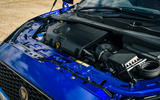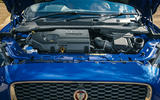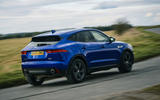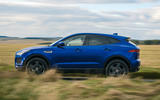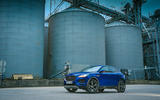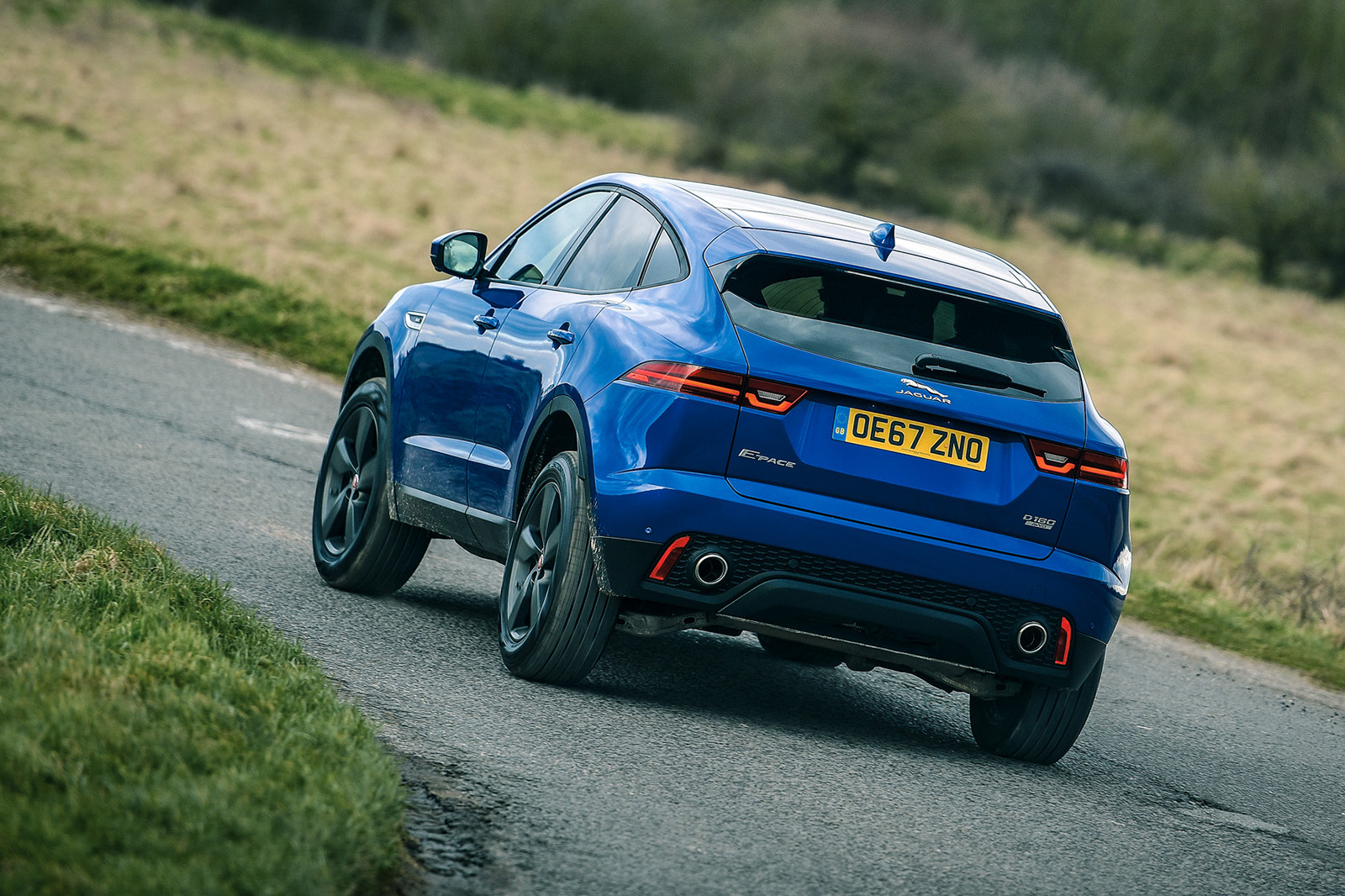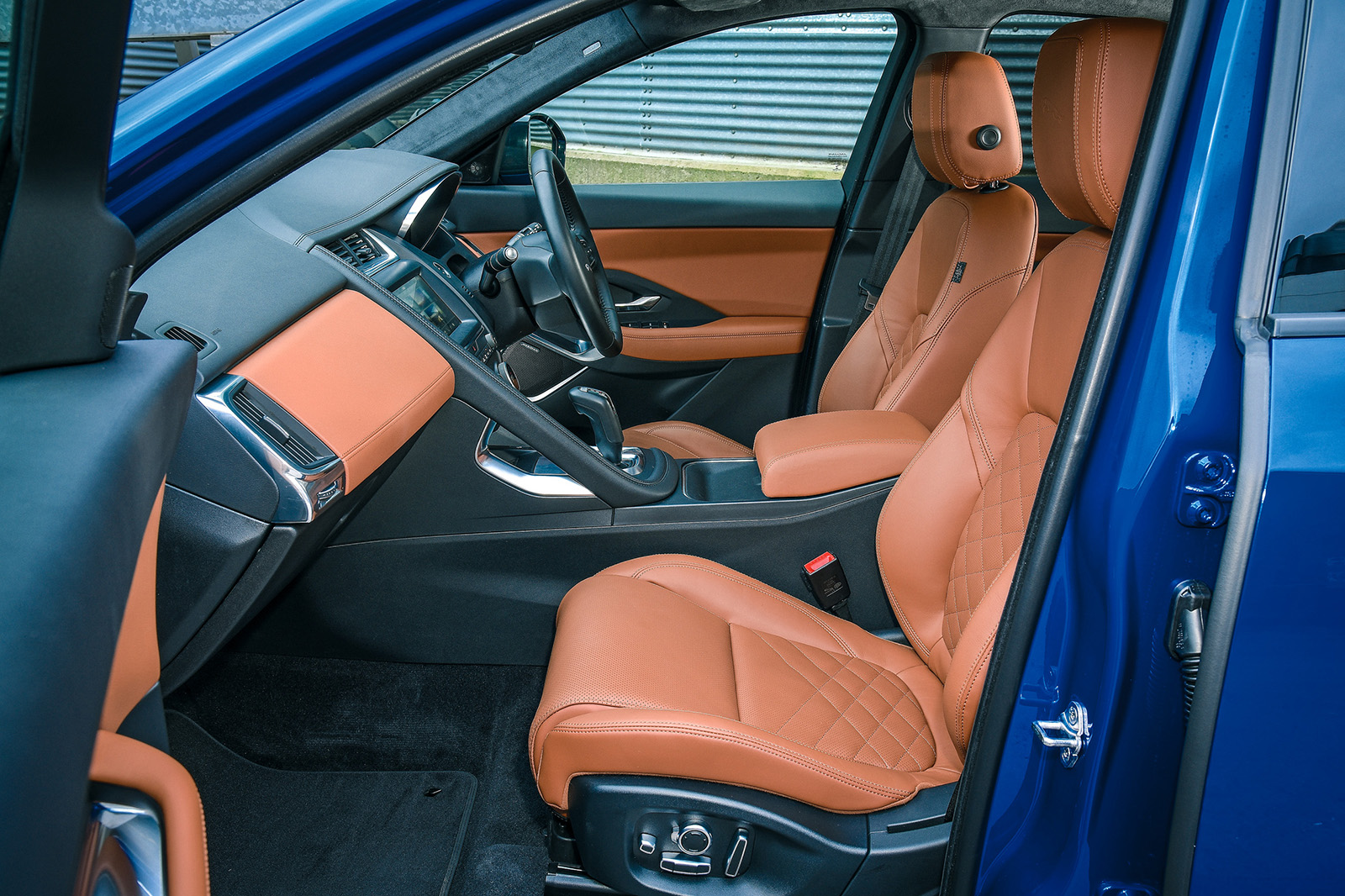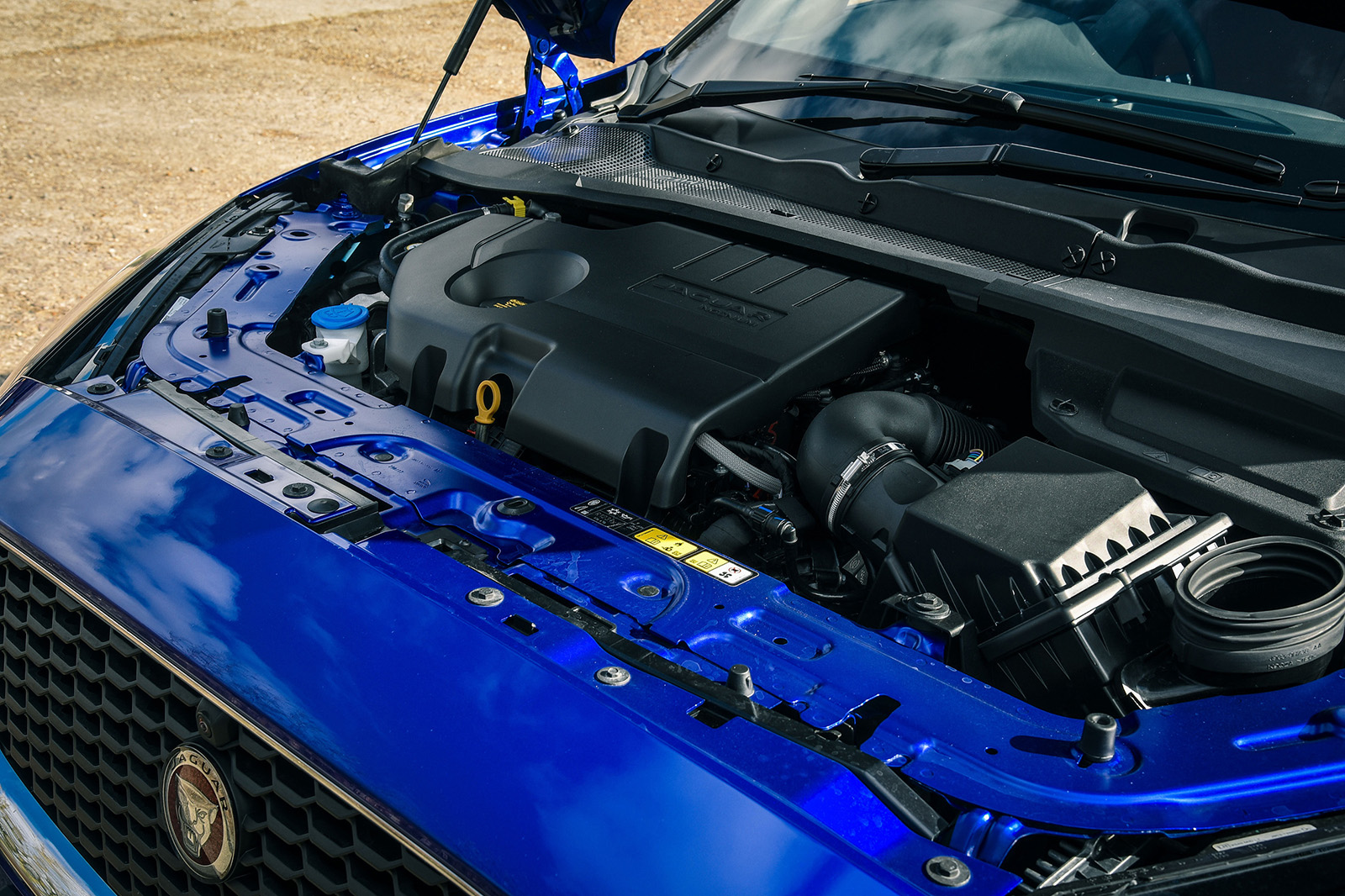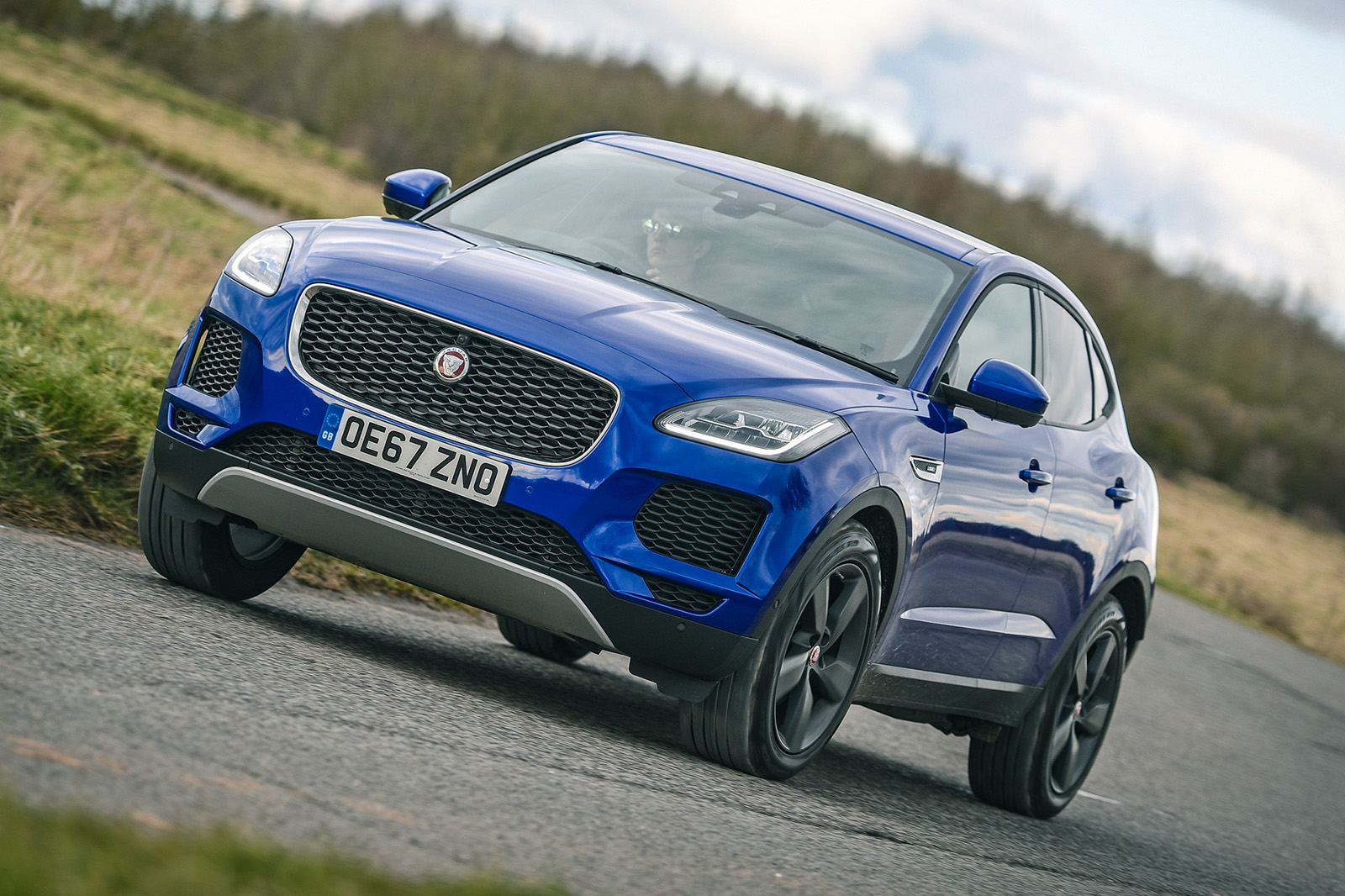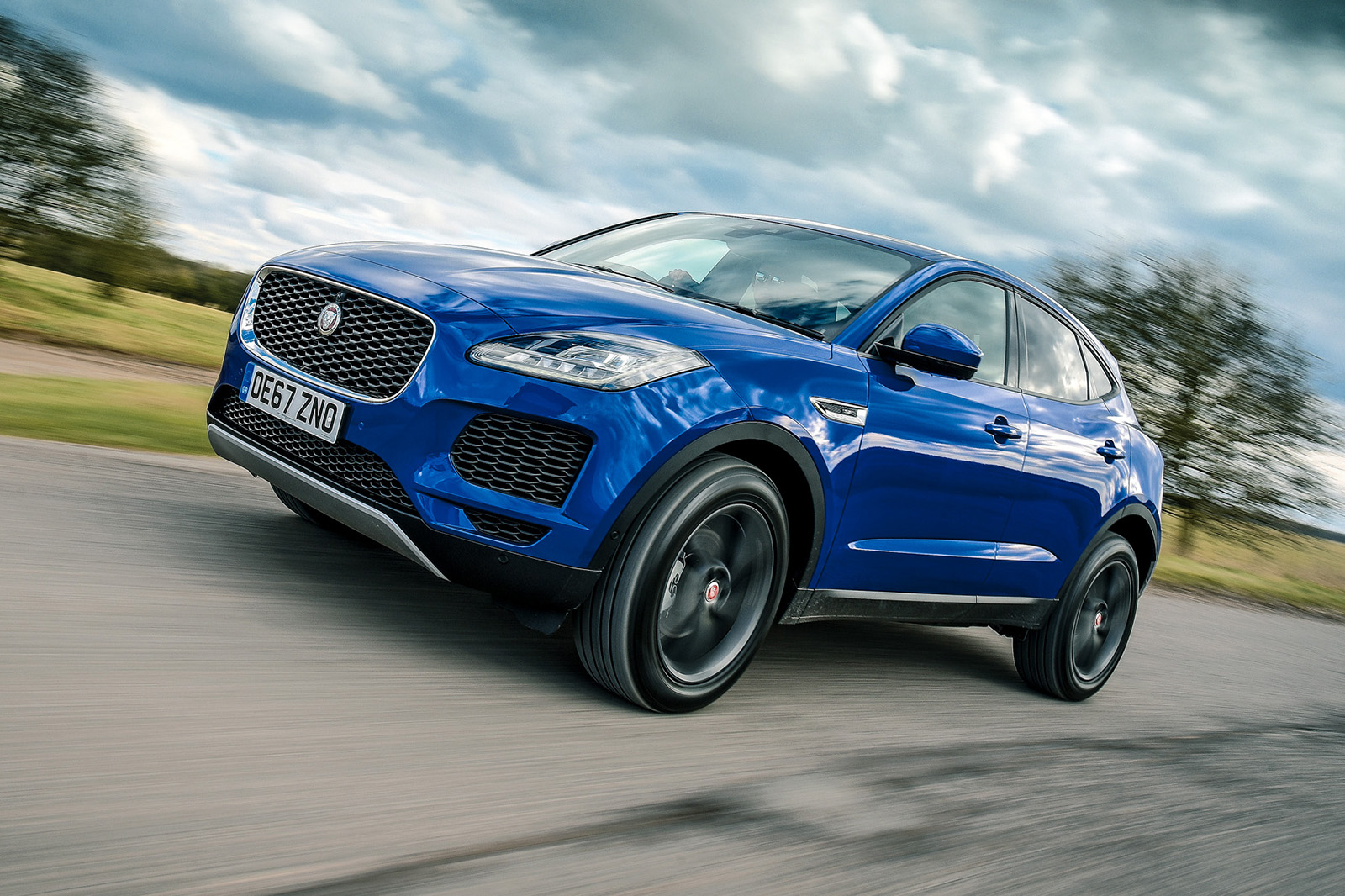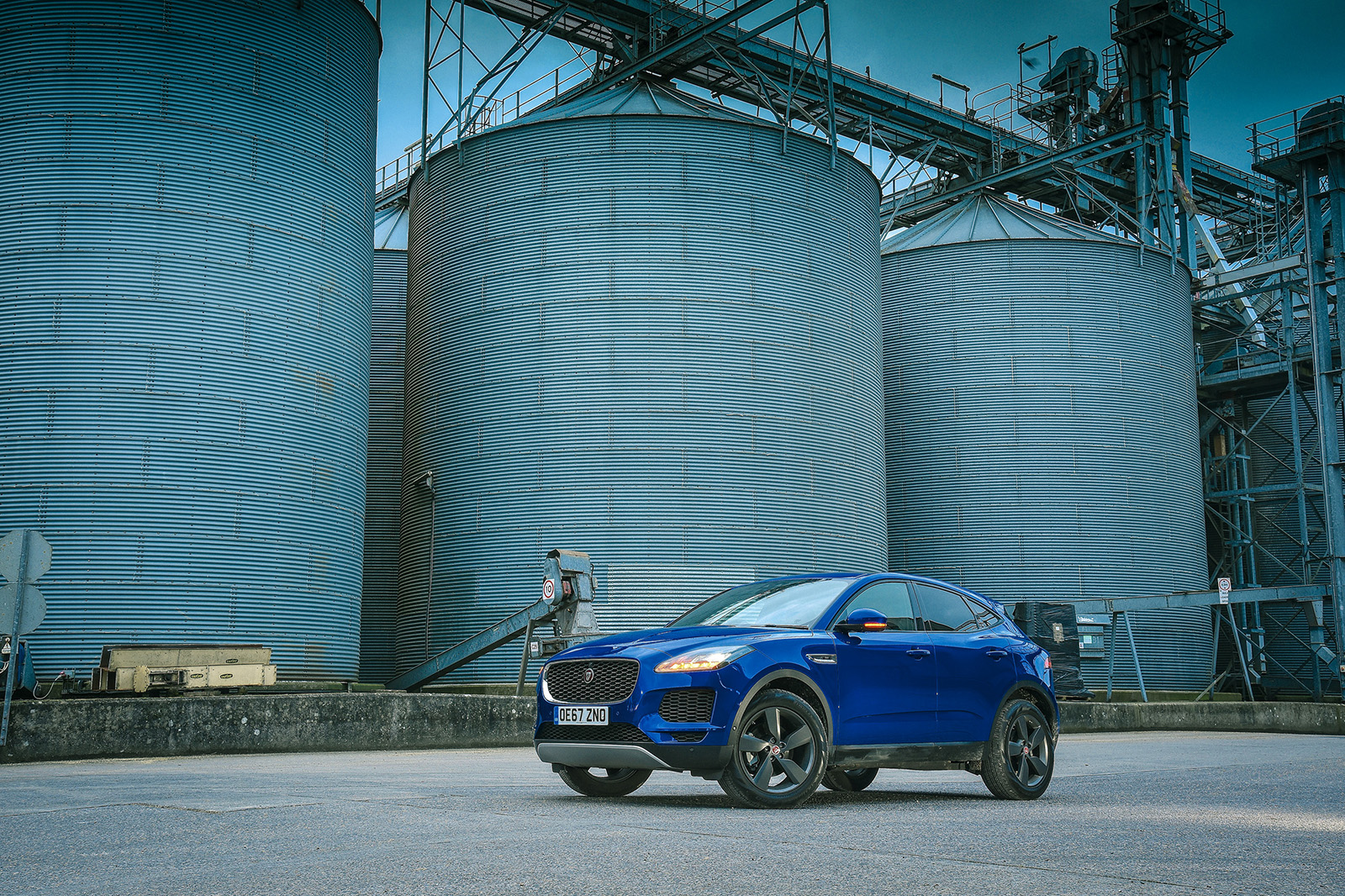When it launched, the Jaguar E-Pace diversified the brand away from its regular crop of buyers by appealing to a younger and trendier audience.
And this bold move proved successful, with the compact SUV having scored almost 100,000 sales across Europe to date.
The F-Type sports car had the biggest influence on the E-Pace’s design, with its ovoid headlights, wraparound tail-lights, pronounced haunches, and wheels pushed as close to the car’s extremities as was reasonably possible.
It’s a handsome thing that still has presence today.
Less appealing was its technical make-up: it had an all-steel body and sat on an old Ford platform, which meant it tipped the scales at 1768kg, making it similar in weight to the considerably larger F-Pace.
As such, when we first drove the E-Pace, we found it didn’t deliver the poise and finesse that we had come to expect from a Jaguar.
It was inoffensive and by no means bad to drive, with its well-tuned steering shining through, but a brittle low-speed ride meant that it didn’t excel at balancing athleticism with comfort.
Several diesel and petrol engines were offered in various tunes.
Mild-hybrid and plug-in hybrid powertrains were added later when the E-Pace received a number of upgrades, the most notable being a switch to JLR’s PTA platform, which underpinned the second-generation Land Rover Discovery Sport and Range Rover Evoque of 2019.





